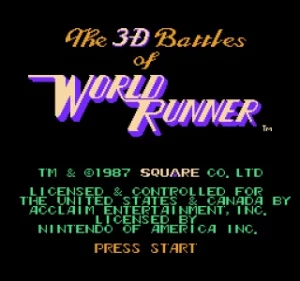Donkey Kong Classics

Description
Nintendo created and released the arcade video game Donkey Kong in 1981. As Mario, the player must run, leap, and scale ladders to reach a construction site where Pauline is being held captive by the enormous gorilla Donkey Kong. It is both Mario's first video game appearance and the debut title in the Donkey Kong series.
Nintendo's increasingly desperate attempts to create a smash game to compete with Pac-Man (1980) and enter the North American market resulted in Donkey Kong. Shigeru Miyamoto, a rookie video game designer, was given the task by Nintendo's president at the time, Hiroshi Yamauchi. Together with head engineer Gunpei Yokoi, Miyamoto wrote the plot and created the game, drawing inspiration from a variety of sources such as Popeye, Beauty and the Beast, and King Kong. They made history by incorporating numerous levels into the gameplay, employing cutscenes to develop the game's plot, and using graphics to characterize characters.
Donkey Kong is one of the early examples of the platform game genre after 1980's Space Panic: 94 even before the phrase was formed, the U.S. gaming press referred to games with platforms and ladders as climbing games. Donkey Kong, the first platform game to include jumping, demands the player to hop between chasms and over barriers or oncoming foes, laying the groundwork for the genre's future. Donkey Kong is one of the earliest arcade games with many stages and has four distinct stages, making it the most complicated at the time.
The participant has a score in addition to the objective of preserving Pauline. Jumping over obstacles, smashing things with a hammer power-up, gathering stuff like hats, parasols, and purses (supposedly belonging to Pauline), removing rivets from platforms, and finishing each stage in accordance with a gradually dwindling bonus counter are all ways to get points. The player starts with three lives and is given a fourth life at 7,000 points, which can be changed via DIP switches. When Mario touches Donkey Kong or any other adversary, falls too far, or allows the bonus counter to reach zero, he loses a life. When every life is lost, the game is over.














